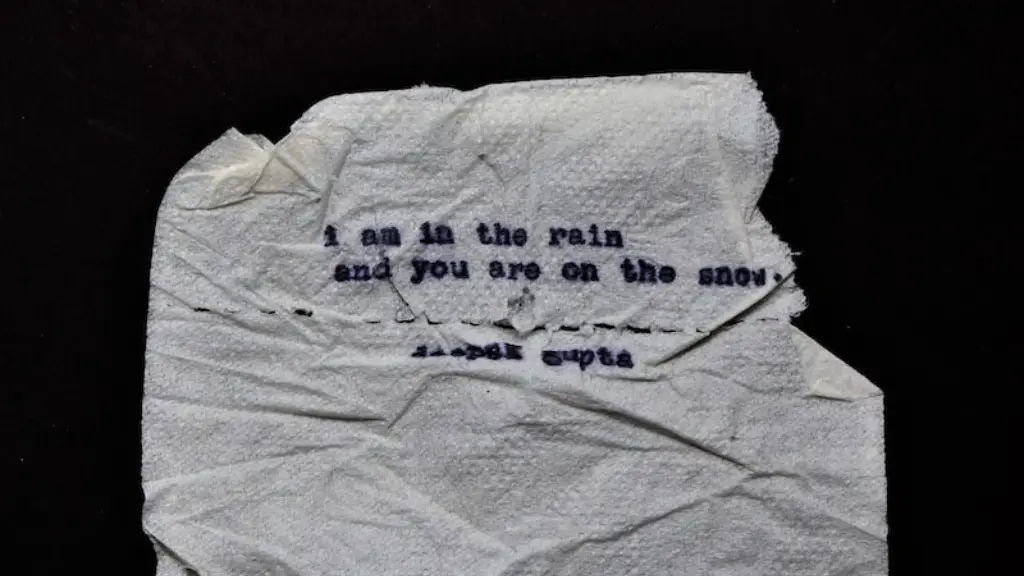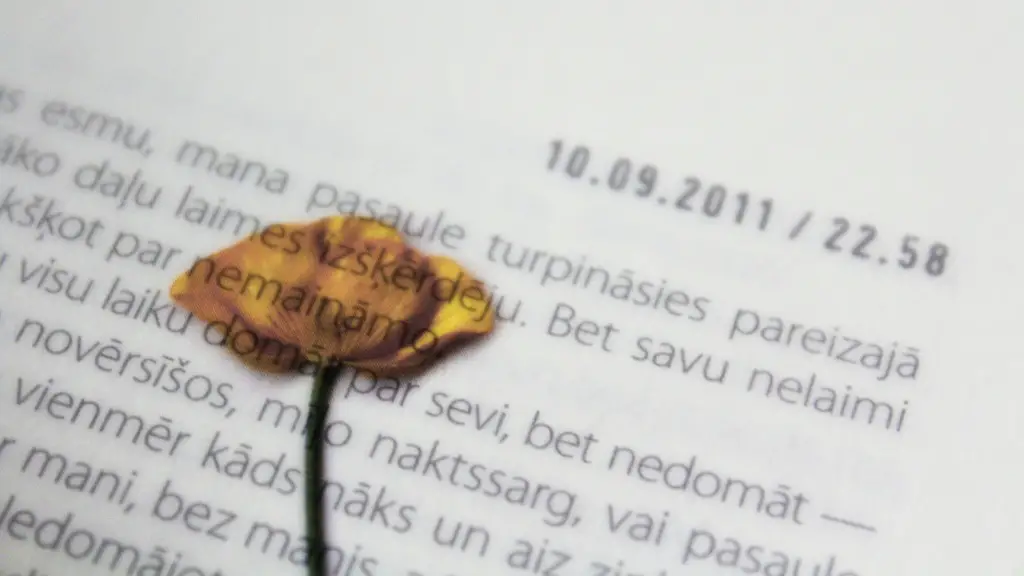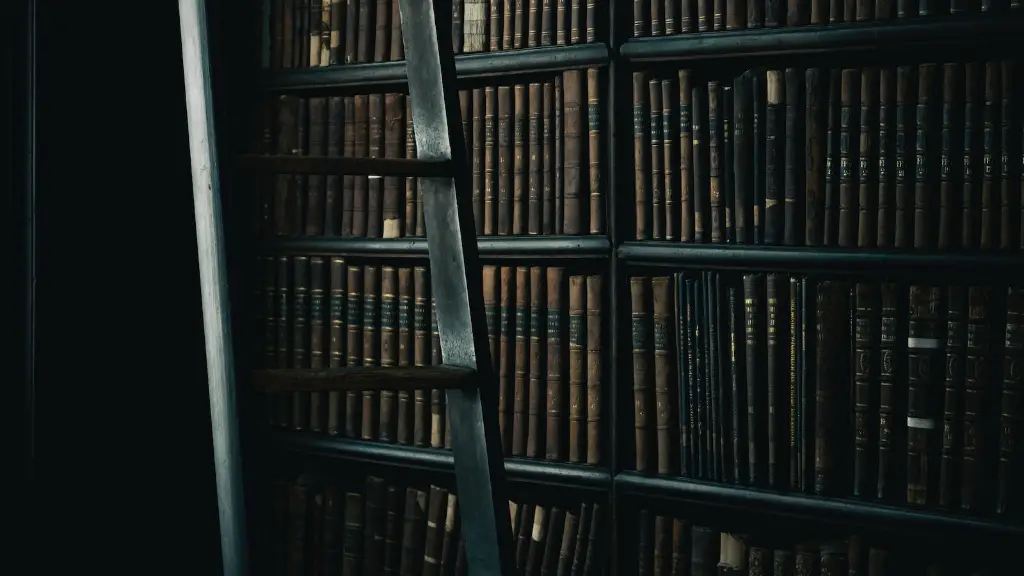Writing an in-depth analysis paper on any form of poetry can be a daunting process. By the end, you’ll have produced a uniquely insightful paper that will impress even the toughest professors. Poetry analysis starts with a close reading of the text that considers its language, imagery, meter, tone, and structure. The purpose of the analysis is to go beyond the surface level of a poem, offering a clear and well-structured argument that reveals a deeper meaning. If you want to know how to start a poetry analysis paper you’ve come to the right place. In this article, we’ll give you some expert tips to get your project up and running.
Know the Poem
Before you can start writing, you need to have a full understanding of the poem. Read it several times before you begin to analyze – this will give you an initial understanding and help you determine what you’ll need to focus on. After each read, jot down some ideas about the text. Brainstorm any image, diction, point-of-view, use of metaphor, symbol, alliteration, assonance, or rhyme that you noticed. Put it all together and you’ll have a thorough understanding of the poem that you can use to inform your analysis.
Choose an Analytical Framework
Poems can be hard to analyze due to their complexity. That’s why you should choose a framework or model to base your analysis on. A good model will explain how the text was written and structured while providing an interpretation of its meaning. You can use the traditional Aristotelian framework that focuses on plot, characterization, diction, and other aspects of story structure, or you can use a content analysis approach that examines the poem’s meaning. Once you determine the analytical framework, you will be well on your way to analyzing your poem.
Start Your Introduction
Now that you understand the poem and have chosen an analytical framework, you can start your introduction. Begin by introducing the poem and the author. Give a brief overview of the poem’s main themes and then transition into your thesis statement, which should explain why you are analyzing this particular poem. Your thesis should include a few sentences that summarize your overall interpretation. After the thesis statement, add a few sentences that explain the structure of your paper.
Develop Your Argument
Once you have your introduction out of the way, you can begin to develop your argument. This is the heart of your analysis and will require you to demonstrate your knowledge and understanding of the poem. Begin by examining the way symbolism, metaphor, or imagery is used in the poem. Then move on to the poem’s structure and how it interacts with the poem’s content. Do a close reading of the poem to look at smaller details and consider the implications they may have. Be sure to provide evidence from the poem to back up your argument.
Bring It Together
When you have finished your analysis, it’s time to bring it all together. Use your conclusion to draw a bigger picture that ties all your points together. This is where you will emphasize your interpretation of the poem and explain why it is significant. Wrap-up your analysis by discussing why the poem is important, or how it has helped you to understand or appreciate something new. If appropriate, you can also provide a bit of interpretation or a personal response.
Revise and Edit
The next step is to revise your paper and check for any errors. Proofread your paper to make sure there are no mistakes and then have a friend look it over to double-check. This will help to reduce any potential issues and make sure your paper fulfills its purpose. Additionally, this will give you an unbiased opinion about the quality of your work and point out any potential flaws that you may have missed. Once you feel confident about the overall quality and readability of your paper, you can submit it and get the grade you deserve.
Understand the Meter and Rhythm
Meter and rhythm are two of the most important elements of a poem and can be difficult to analyze. Meter refers to a rhythmic pattern of stressed and unstressed syllables and is signified by a series of numbers that indicate the number of beats in each line. Reading the poem aloud will help you identify any patterns and syllable stresses. Understanding the poem’s rhythm is a great starting point as it will often inform your interpretation of the poem.
Explore Language Use and Other Literary Devices
The language used in a poem is often complex and loaded with meaning. Consider the connotations of words, the denotation of words, and the figurative language used such as metaphor and simile. Also look for words that may be repeated and those that may be contrasted. This will provide important insight into the poem’s overall meaning and could inform your analysis. Additionally, consider any other literary devices used such as paradoxes, alliteration, and onomatopoeia and how they shape the poem’s meaning.
Determine the Poem’s Tone
The tone of a poem is closely related to its overall content and can provide an important window into the poem’s meaning. The tone can range from happy to sad, serious to light-hearted, and so on. Pay close attention to the words used and their relationship with each other as you read. This will give you important clues that will inform your interpretation and help you to better understand the poem’s message.
Look at Central Themes and Ideas
Themes and ideas are perhaps the most important element of a poem and should be examined closely. Make note of any ideas or themes that seem to emerge as you read. Once you have identified a few potential themes, think about what these themes mean about the poem as a whole and how they can be used to inform your analysis. Additionally, consider important symbols or figures in the poem and what they may mean to its overall content.


